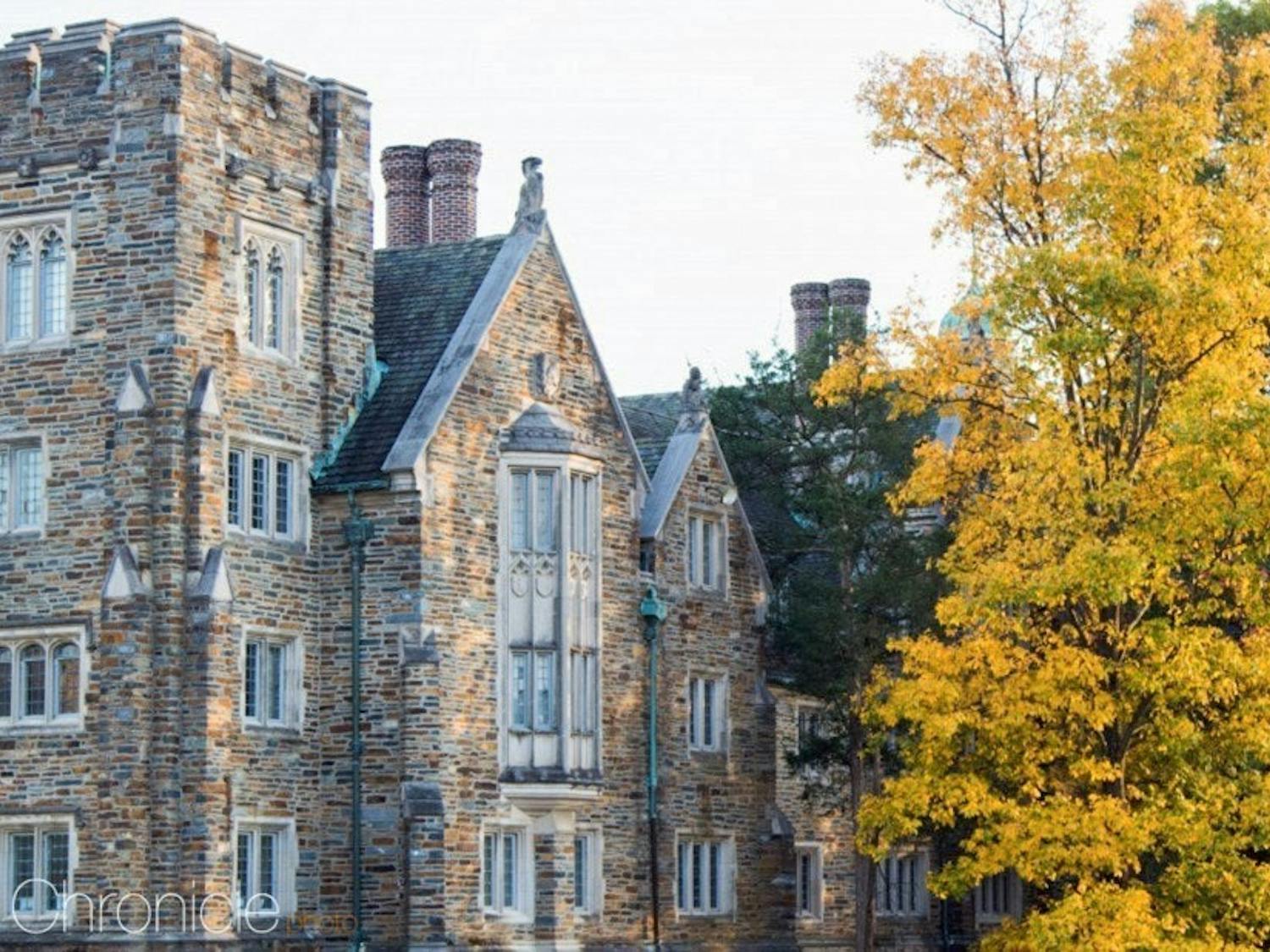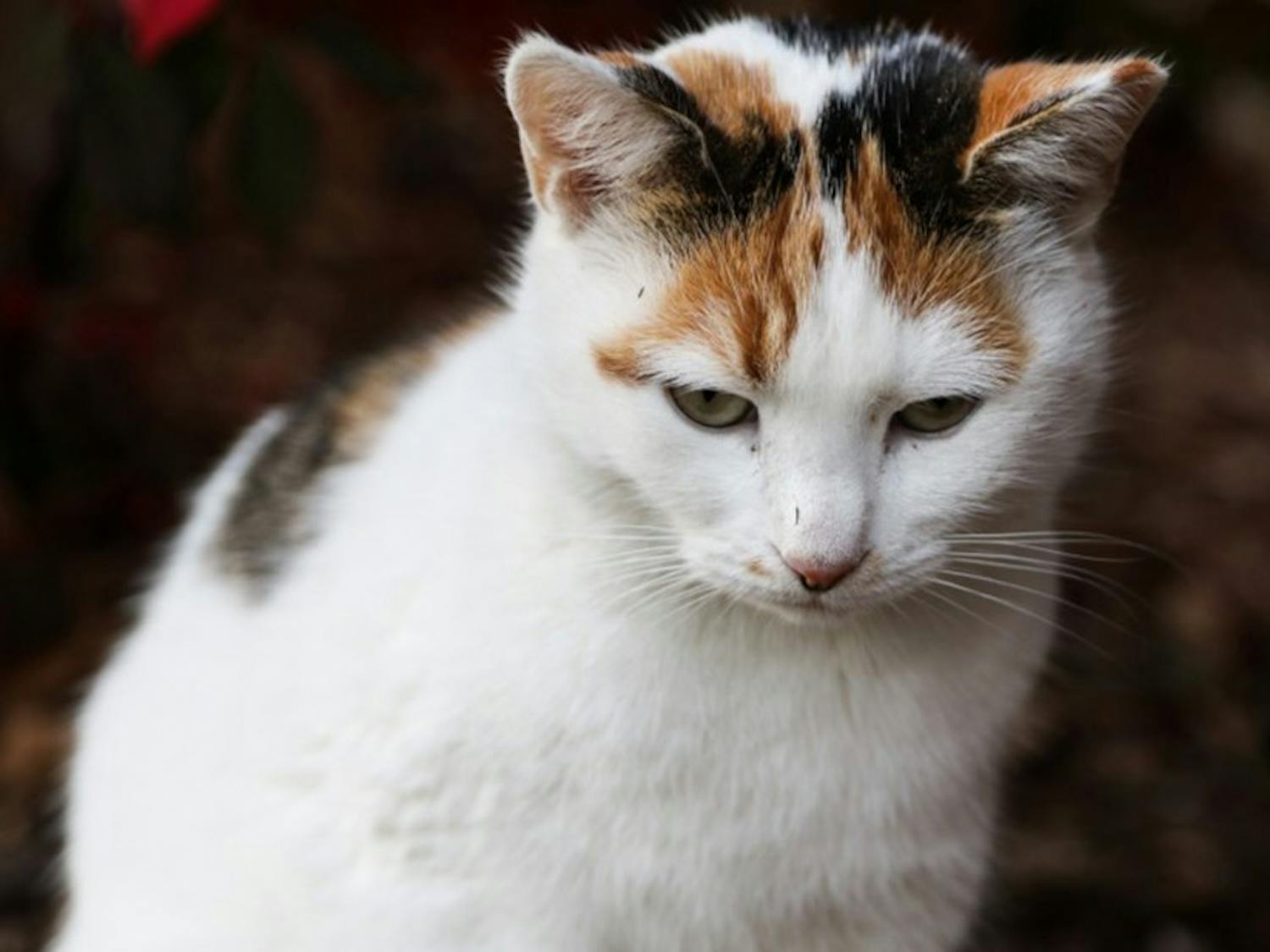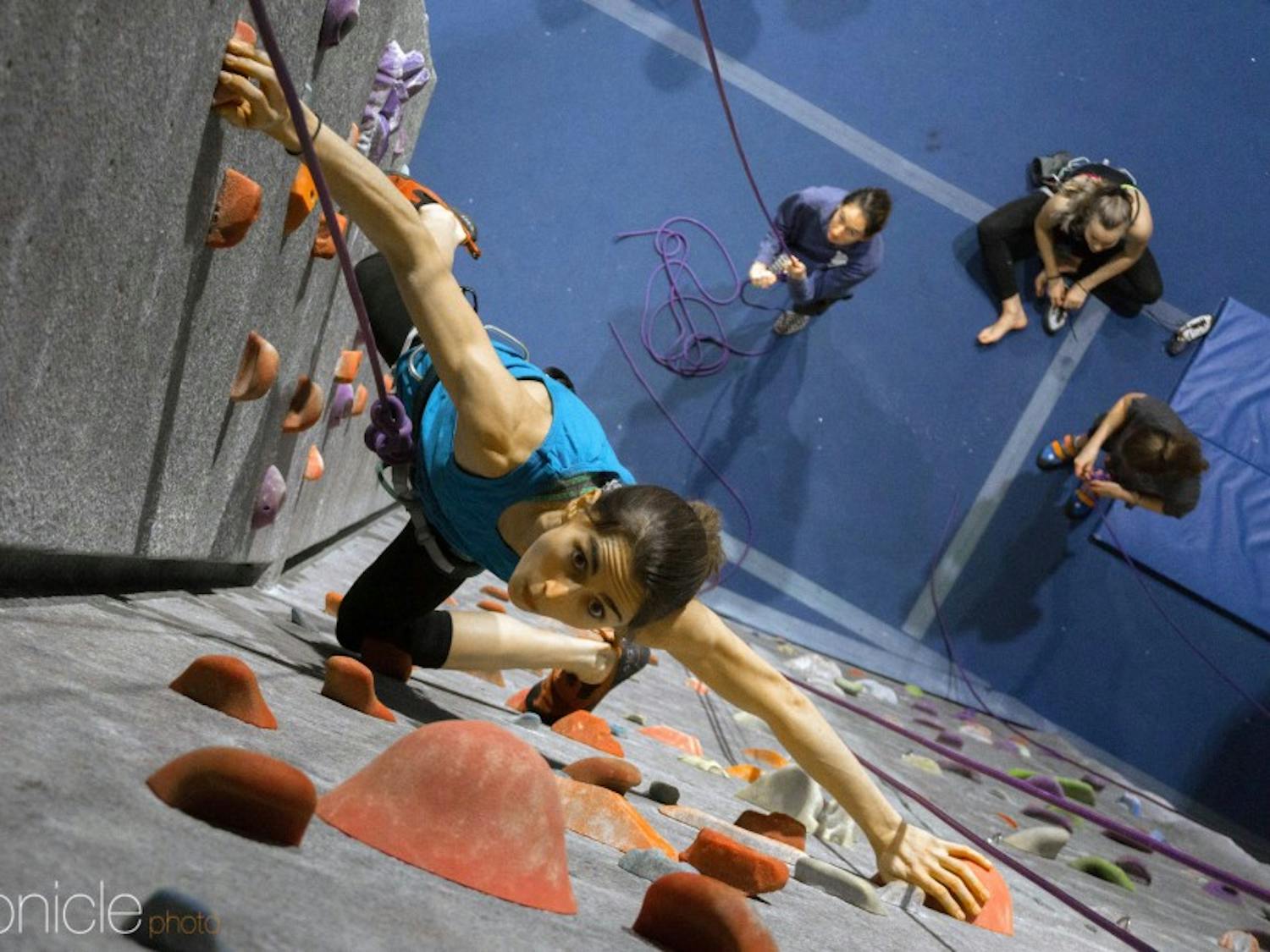The funds from a campaign like that are aimed at projects that increase the University’s capital, explained Schoenfeld. Campaigns are useful as marketing devices because they have focused goals.
Another prominent gifts campaign is the Annual Fund, which largely goes to operating expenses for the various facets of the University. Although the gifts are split by the areas the they are donated to—Trinity College, the Duke Gardens, etc.—contributions taken through the Annual Fund are “probably the most undesignated, or the most free in terms of use,” Schoenfeld said.
Most individual gifts are more closely tailored, based on the donor’s interests. The larger the gift, Schoenfeld explained, the more time it takes to cultivate the relationship with the donor and find a match for their interest.
While some donors may give broadly to an area, such as financial aid, others have more specific interests, such as developing a new environmental program.
“Donors can designate where they want their funds going,” Schoenfeld said. “This is also important to remember for endowment purposes as well, because if someone gives you a million dollar gift for an endowment for the new arts building, you can’t touch that principle, and you can’t use the income from that to fund a basketball scholarship—and vice versa.”
From year-to-year, the percentage of Duke’s revenue made up by contributions has not varied significantly. Between 2011 and 2015, it made up between 47 and 53 percent of the University’s revenue, according to ProPublica data pulled from the University’s 990 tax forms.
Tom Hadzor, associate university librarian for development, has worked in fundraising since 1979. After getting started in the field at two prep schools and a small college, he came to Duke 22 years ago to help with the capital campaign the University ran before Duke Forward, called “Campaign for Duke.” He helped the Duke Law School fundraise before settling into the libraries in 2006.
He noted that the “lion’s share” of money given away in the United States each year is by private donors. Although corporate donations are significant, private philanthropy surpasses it, Hadzor explained. Higher education in America in particular, he said, has deep roots in it—pointing to the beginnings of Harvard, Yale and later Duke.
“[It’s a] distinctly American tradition, this philanthropy thing,” he said. “You don’t really see this in lots of other countries, but it started early in this country.”
Hadzor’s map collector and the different ways people give to Duke
Michael Stone graduated from Duke with a Bachelor’s of Arts in Economics in 1984. He founded, and is a managing member of, Freestyle Investments.
Stone is also an avid map collector. He founded the Map and Atlas Museum of La Jolla in California, which offers free admissions and is currently exhibiting the works of MacDonald Gill, according to the museum’s website.
Hadzor hopped on a plane and flew out to California to meet Stone, where he got to check out the library donor’s map collection.
“We solicit different ways also. We use mail, we use email and we call people,” Hadzor said. “But typically when you’re asking someone for a pretty big gift, you go visit them.”
While some donors write checks or transfer securities to the University, Stone—also a member of the Duke Libraries Advisory Board—has contributed “gifts in kind” to the library—including an atlas of cities dating back to the 16th and 17th centuries.
Other interesting gifts for the library’s collections have included history of medicine books, such as works with pullout tabs that reveal the internal layers of the human body. Gifts like that reflect peoples’ wide interests, Hadzor said.
For donors who are not turning over academic material to a library collection, it’s possible to influence where their money goes and its type of use—whether it’s for capital growth, endowments or operating expenses—based on the type and destination of the gift.
“We had about 110,000 individual donors [last year]. Almost every one of them gave to a specific purpose, a specific program or a designation,” Schoenfeld said. “The University has very, very few unrestricted, ‘Dear Duke University, here’s my money, please do with it whatever you want.’”
And those designations have power.
“When people designate their money, legally—and this is pretty long-standing law—you have to use it for their purpose, unless the purpose becomes illegal at some point in the future,” Schoenfeld added.
‘As invested in the University as anybody’
Since donors can control what part of the University their money goes to, how much control do they have over how it is spent?
“Donors can absolutely designate what they want their money to go for,” Schoenfeld said. “What they can’t do, and what they won’t do, is—especially when it comes to academic programs—actually select and run who gets that money. If someone endows a professorship, the donor plays no role in hiring the professor.”
He explained that there have been instances around the country where this has created controversy, in which schools have taken money from donors and then allowed them to have significant influence over who gets selected for the positions created. Schoenfeld said that’s not something that would happen at Duke.
How about donors who also hold positions of power at the University? A well-known example would be David Rubenstein, Trinity '70 and former chair of the Board of Trustees, whose donations played a large role in funding the new arts center.
Schoenfeld said that one of the characteristics of most members of the Board of Trustees is that they are also significant philanthropic donors to the University. The combination means those University leaders are “as invested in the University as anybody,” he added.
“They are not investing in the University because they want to control it. They make these contributions because they believe in the mission and want to see it continue,” Schoenfeld said. “So I don’t see that there is a conflict at all, in fact just the opposite. They have every incentive to make good decisions and to hold the University accountable, and to be good stewards of the fund.”
Looking beyond just the higher levels of the administration and large-scale donors, how does Duke respond when donors have complaints about an aspect of the University?
Tracey Temne, executive director of development marketing and communications, wrote in an email that Duke’s alumni and donors are passionate and vocal, and that the University welcomes their positive and negative feedback.
“In nearly all cases, even when they don’t agree with a position on a particular issue, they continue to support Duke,” she wrote. “Our hope is that they gain an appreciation for how the University continues to evolve.”
For a school that brings in $550 million per year in donations, a question of vulnerability to public opinion may rise.
Schoenfeld said that while donors who have legitimate concerns with issues and decisions may express their concern or annoyance by threatening to or withholding donations, this is a fact of life for any nonprofit. He noted that the University brings in more than half a billion dollars per year in donations, and that the people who give that kind of money and investment in the institution are not going to make mercurial decisions based on headlines.
“The reality is that people who invest in Duke, invest in Duke,” Schoenfeld said. “They are not distracted by or influenced by a momentary headline.”
And as for disgruntled donors who are upset about something a student or the University has done and call to say they’re never giving again, Schoenfeld said that he thinks they forget how easy it is to check and see how much they have actually given to Duke.
“What we have found—and there are exceptions of course—but people who say ‘That’s it, I’m never giving to Duke again!’ are people who have never given to Duke in the first place," he said.
Balancing between ballet and basketball
With well-known programs like the men’s basketball team getting so much attention, how does the University make sure all areas of campus receive donors’ attention?
Representatives for academic programs—such as the new master’s degree in dance—would work with a development officer in Trinity or the graduate school to identify potential prospects for funding, Schoenfeld explained. But the University doesn’t start programs with academic merit if they cannot sustain them for the long haul based on a variety of sources of income, such as endowment returns, he added.
“Sure, things with more visibility, like basketball, are going to attract more attention. It doesn’t mean the gifts are not out there,” Schoenfeld said. “Duke has wanted to build an arts center for 25 years. It took that long to raise money to do it and also to find a donor—who happened to be the chairman of the board—to be very interested in doing this.”
In regards to equity laws like Title IX, Schoenfeld noted that it’s not how much you take in for a program, but rather how you spend it. A $100 gift to a program does not mean that it will actually receive $100 more in expendable funds, because that might replace $100 in funding that would have otherwise come from another source.
A common misconception, Schoenfeld added, is that if someone wasn’t donating to high-profile programs like basketball, they would be putting that money into another Duke program.
“The reality is that people give to their interests and to their passions,” he said. “Contributions are rarely fungible, that if someone wasn’t giving to support cancer research, they would give to the philosophy department. There is no evidence of that.”
The vast majority of large-scale donors who give substantially to Duke for athletics, Schoenfeld said, give to other parts of the University as well.
What’s in a name?
When you walk in the main doors of the library—where a left takes you into Rubenstein and a slight right leads you past Von der Heyden café into Perkins—there’s a trio of gallery rooms featuring materials from the libraries’ collections.
If you walk through the pair of wood-and-glass gallery doors into the Mary Duke Biddle Room and continue toward the back of the exhibit, then turn left, you’ll find the Stone Family Gallery. Named after Michael and Karen Stone, it opened in 2015 and focuses on housing the Rubenstein Library collection's exhibits—including one on women in science and medicine as well as “American Beginnings.”
Of course, not every donor has a gallery named after them. Hadzor explained that the rationale behind naming things—from archways to study spaces—is to recognize what they have done for the institution.
Schoenfeld has experienced the donation process from the other side as well, through giving to the library.
“My wife and I have a study carrel on the fourth floor [of the library], which is where we met,” he said.
During the Duke Forward campaign, the libraries named a little more than 100 things, Hadzor said.
“There was, I think, one table named,” he added.
By Shannon Fang
|
September 25, 2018
Duke’s changing infrastructure, disparity in housing amenities and large proportion of students in selective living make housing reform a difficult case.
By Stefanie Pousoulides
|
April 4, 2018
More than five years ago, Carla Antonaccio, a professor of classical studies currently on leave in Greece, found Peaches hiding under a bush in Keohane Quad.
By Yuexuan Chen
|
April 4, 2018
Pass by K-Ville, swipe in at Wilson Gym, walk past Quenchers and a grey, irregularly shaped wall with colorful blobs rises out of the floor beneath you.
It’s the backdrop of Wilson’s cardio area. Squished into the corner surrounded by an army of exercise bikes and treadmills, the rock climbing wall is an obvious afterthought.




